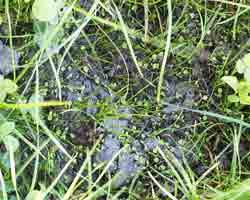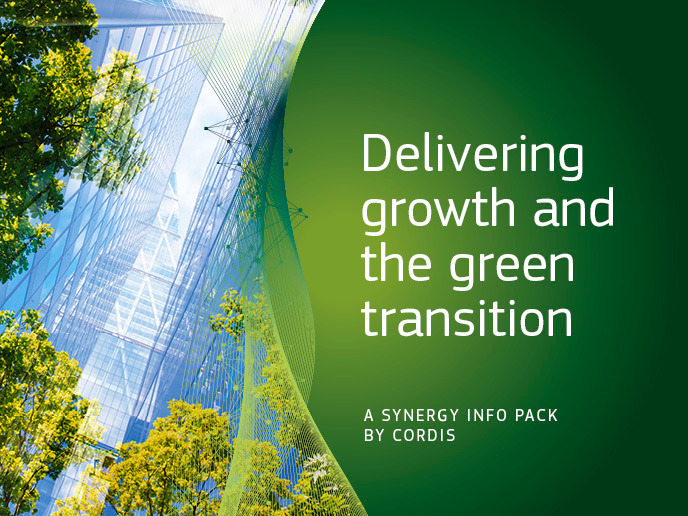Rolling over the clover
The EFFECT project looks into the production of white clover in agriculture as more than just herb production. A whole range of very serious concerns revolve around the effective production levels of white clover, both for biodiversity, livestock performance and soil reconstruction. White clover is being investigated throughout the world as a more environmentally friendly means other than fertiliser usage to regenerate consumed soil nutrients. Capable of converting atmospheric nitrogen into a plant usable form, whole fields of white clover can literally reduce fertiliser expense-and detrimental side effects. Additionally, white clover improves animal performance, providing better digestibility as well as being a primary source of legume protein and nutrient consumption. For these two reasons alone (though white clover has a lot more benefits than these) research into white clover and sustainability are being conducted-globally. For more profitability, reduced expense and of course, better crop-animal yields. However, the major problem with white clover is in seeding; how to establish clover-dominant pastures to ensure stabilised farm performance without attaining persistent clover swards that might affect grasslands or crop yields. The EFFECT project has demonstrated that planned rather than simple one-pass machine over-sowing techniques may provide a solution. By calculating sward height, sward yield could be estimated. Thus both performance and reliability of clover production could be enhanced. This would stimulate its cultivation throughout European farming, thus improving the overall farming environment both for agricultural as well as animal husbandry.







